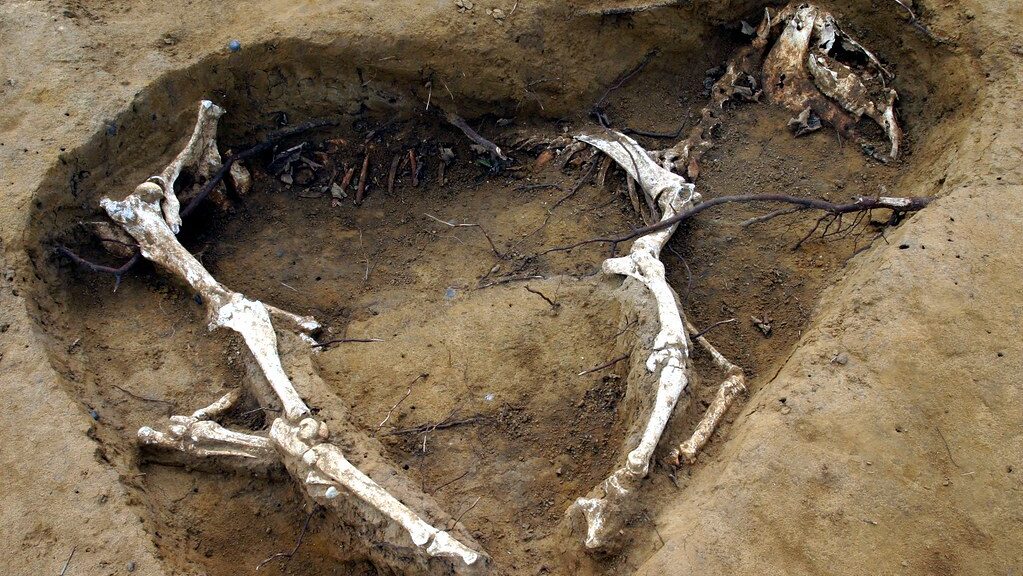In the mist-shrouded landscapes of ancient Celtic territories, horses transcended their practical roles to become powerful spiritual symbols intimately connected with the journey between life and death. Archaeological discoveries across Europe have revealed a consistent pattern of equine remains and imagery in Celtic burial contexts, suggesting these magnificent animals held a sacred status unparalleled by most other creatures in Celtic cosmology. The special reverence for horses in funerary rituals offers us a window into the complex spiritual beliefs, social hierarchies, and cultural values that defined Celtic societies from the Iron Age through their interactions with the Roman world. This profound spiritual connection between Celts and horses manifested most dramatically in their burial practices, where the presence of horses helped guide the deceased through the treacherous journey to the Otherworld.
The Celtic Cosmological Framework

To understand the role of horses in Celtic burials, we must first appreciate the broader Celtic worldview that positioned these animals within a complex spiritual framework. Celtic cosmology envisioned multiple realms of existence: the everyday world, the Otherworld, and various transitional spaces between them. Horses, with their speed, power, and natural ability to traverse difficult terrain, became perfect metaphorical vehicles for spiritual journeys between these realms. Their dual nature as both practical working animals and magnificent, almost supernatural creatures made them ideal psychopomps—guides for the soul crossing between worlds. Archaeological evidence suggests that this cosmic role began developing as early as the 8th century BCE in Celtic-inhabited regions, continuing well into the period of Roman influence and beyond, demonstrating the remarkable persistence of these beliefs despite external cultural pressures.
Archaeological Evidence of Equine Burials
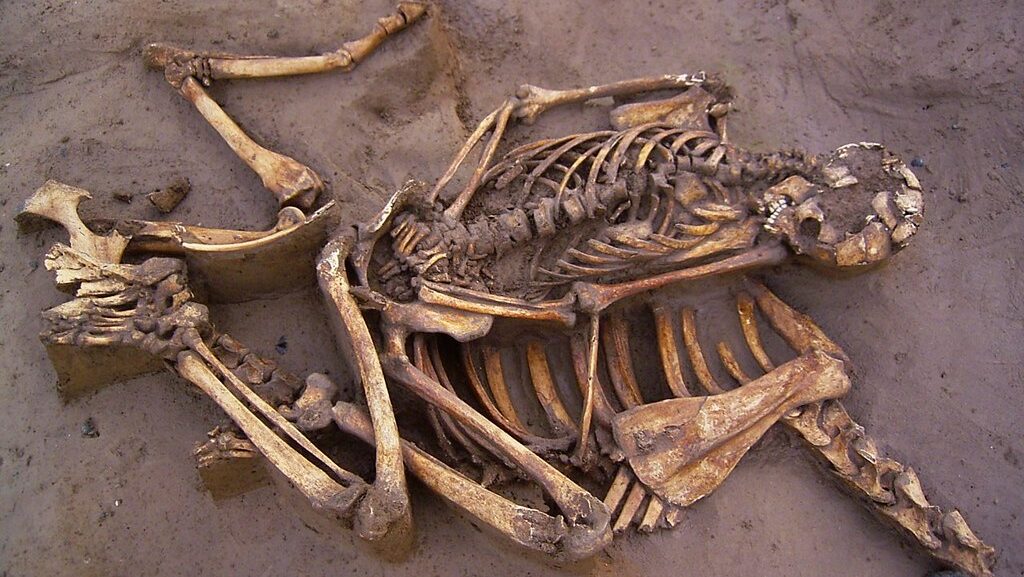
The material record provides compelling evidence for horse veneration in Celtic burial contexts across Europe. At sites like Hochdorf in Germany, Vix in France, and numerous locations throughout Britain and Ireland, archaeologists have uncovered horse remains deliberately placed within or adjacent to elite human burials. These range from complete horse skeletons to symbolic representations through bridle fittings, horse-drawn chariots, and equine-themed grave goods. The famous 5th century BCE burial at Hochdorf contained an elaborate bronze couch featuring horse and rider figurines, while the princess burial at Vix included an ornate chariot with exquisite horse trappings. The careful positioning of these equine elements—often at the threshold of the tomb or surrounding the human remains—indicates their perceived role as liminal beings capable of crossing between the world of the living and the realm of the dead.
Horses as Divine Messengers

Within Celtic spiritual traditions, horses functioned as intermediaries between humans and deities, carrying messages and prayers to the gods while bringing divine inspiration back to mortals. This messenger role made them particularly valuable in burial contexts, where communication with supernatural forces was essential for the safe passage of the deceased. The Celtic goddess Epona, whose name derives from the Gaulish word for horse (epos), specifically embodied this intermediary function and was frequently depicted in funerary art. Archaeological discoveries of horse figurines positioned near the heads of the deceased suggest they were intended to whisper guidance to the departed soul. The arrangement of horse remains at the entrance to tombs, as found at several Iron Age sites in Britain and continental Europe, physically manifests this belief in the horse as a creature capable of traversing the boundary between mundane and sacred spaces.
The Solar Connection

Celtic spirituality linked horses with solar symbolism, connecting them to cycles of death and rebirth that were central to their understanding of the afterlife. The horse-drawn sun chariot was a powerful image in Celtic iconography, representing the daily journey of the sun across the sky and its nightly passage through the underworld. This cosmic voyage mirrored the journey expected of the human soul after death. Burial artifacts like the Trundholm Sun Chariot found in Denmark demonstrate this profound connection between horses, solar cycles, and spiritual transformation. Golden horse ornaments found in graves often feature solar disc motifs, reinforcing this symbolic association. The alignment of some elite horse burials with the rising or setting sun provides further evidence that the horse’s role in funerary contexts was tied to solar cycles and their promise of regeneration after death.
Horses and Social Status
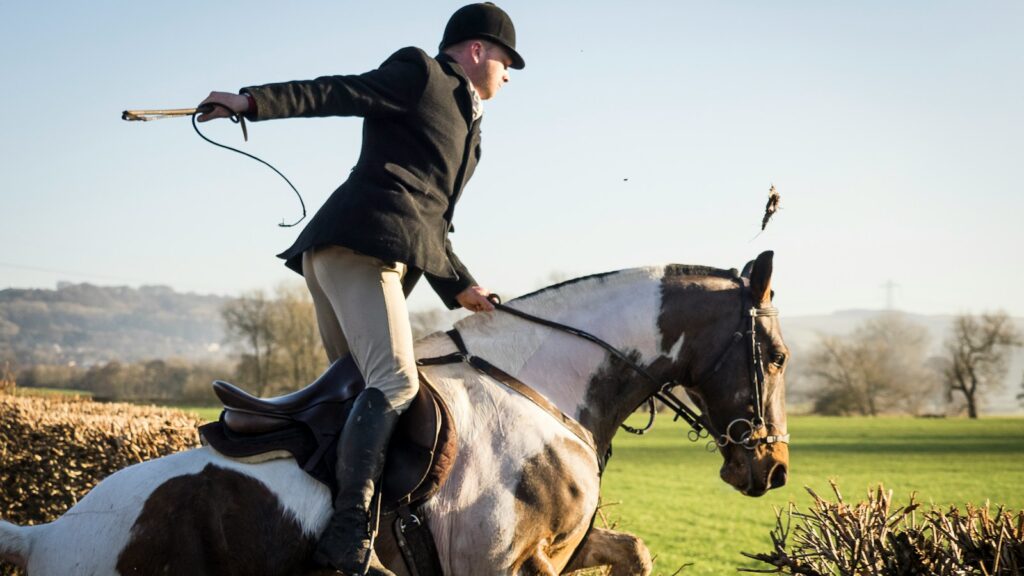
The inclusion of horses in burial contexts also served as a powerful marker of social status and political authority within Celtic communities. Owning and maintaining horses required considerable resources, making them symbols of wealth and prestige accessible primarily to societal elites. The spectacular princely burials of the Hallstatt and La Tène periods frequently featured four-wheeled wagons or two-wheeled chariots pulled by horses, emphasizing the deceased’s elevated social position. At sites like the Hochdorf burial in Germany, the princely grave included not just horse trappings but drinking vessels decorated with horse imagery, connecting equine symbolism with aristocratic feasting and gift-giving practices. The sacrificial killing of horses for elite burials represented an extraordinary economic investment, demonstrating both the deceased’s importance and the community’s commitment to properly honoring their memory.
Horses in Celtic Mythology
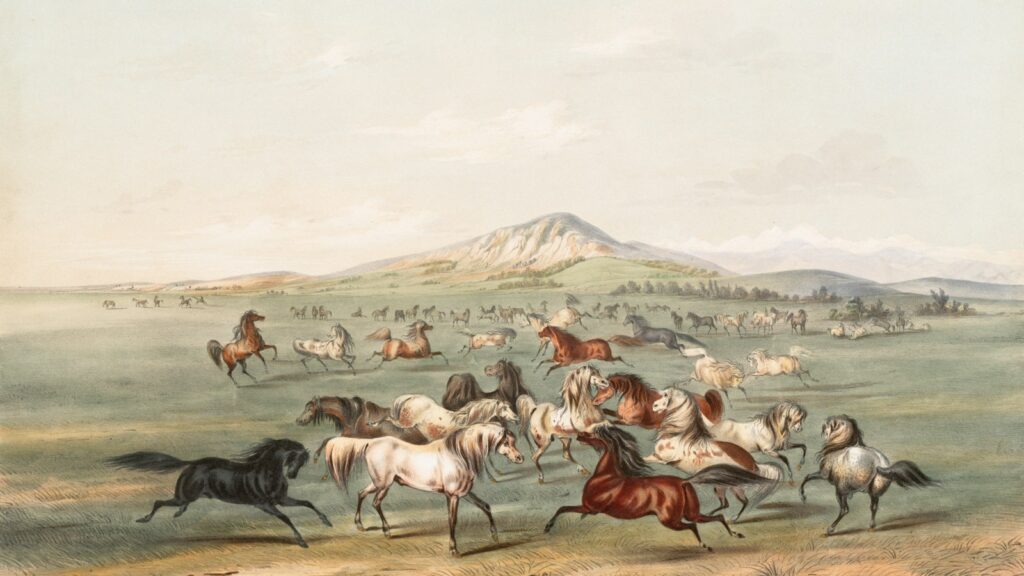
Celtic mythological traditions preserve numerous accounts of supernatural horses associated with death, the afterlife, and the Otherworld. The Welsh Rhiannon, the Irish goddess Macha, and the continental deity Epona all had strong equine associations and connections to death and rebirth. Irish mythology tells of Donn’s horses, which appeared on the shore to herald imminent deaths, while Welsh folk traditions speak of the Mari Lwyd, a horse skull carried in procession during liminal calendar periods. These mythological horses often possessed the power to move between worlds, sometimes carrying riders across supernatural boundaries that normal humans could not cross. Archaeological discoveries of horse remains in ritual contexts align remarkably well with these later literary traditions, suggesting a continuity of belief spanning centuries. The positioning of horse burials at threshold locations—near doorways, boundary ditches, or at the edges of cemeteries—physically expresses this liminal quality described in Celtic mythology.
Warrior Associations and Battle Horses
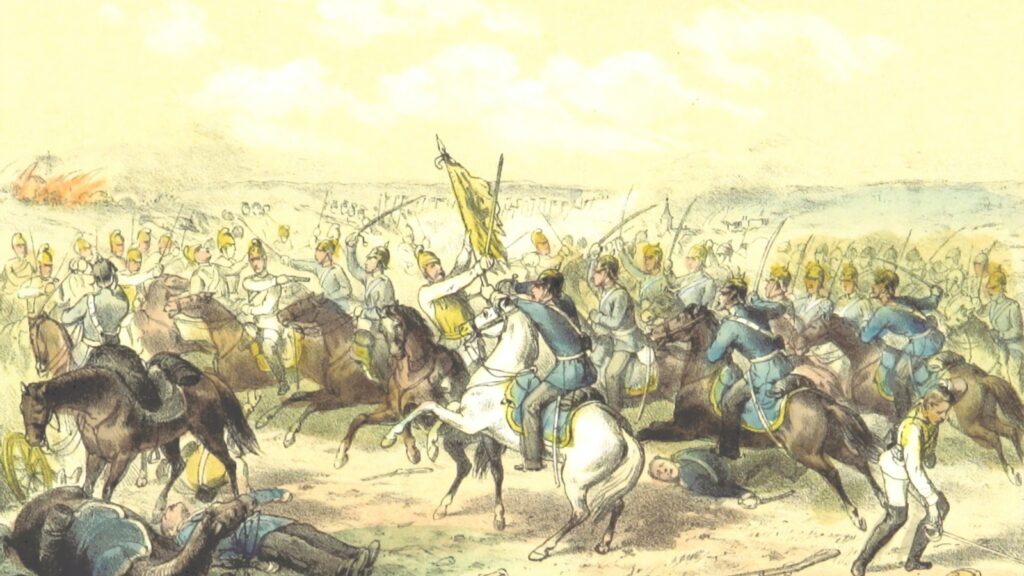
For Celtic warrior elites, the relationship with their battle horses extended beyond death, reflecting the profound bond formed in life. Caesar and other classical writers noted the exceptional Celtic cavalry and the warriors’ intimate connection with their mounts, describing elaborate horse trappings and the riders’ extraordinary skill. In burial contexts, weapons often accompanied horse remains, creating a symbolic package that equipped the deceased for continued warfare in the afterlife. The spectacular chariot burials in Yorkshire, England, dating from the 4th to 3rd centuries BCE, represent some of the most complete examples of this warrior-horse relationship preserved in death. Horse sacrifices at warrior graves may have been intended to provide the deceased with their actual battle companions for the afterlife journey, rather than just symbolic replacements. The careful positioning of the horses remains—sometimes in poses suggesting readiness for action—indicates they were not merely status symbols but active participants in the deceased’s afterlife.
Ritual Horse Sacrifices

The sacrifice of horses specifically for burial purposes followed elaborate ritual protocols that left distinctive archaeological signatures. Skeletal evidence from numerous sites reveals specific methods of killing, often involving precise cuts to the neck or blows to the skull, indicating standardized sacrificial practices. The Gaulish sanctuary at Ribemont-sur-Ancre contained the remains of hundreds of horses that had been ritually killed, with specific body parts selected for burial. At some sites, horses were dismembered according to apparent ritual requirements, with certain elements—particularly skulls, lower limbs, and tail vertebrae—given special treatment. Analysis of horse remains from burial contexts across Celtic territories suggests these animals were often in their prime when sacrificed, rather than being elderly or infirm animals, representing a significant economic offering. The consistent patterns in these sacrificial practices across wide geographic areas suggests shared religious beliefs governing how horses should be prepared for their role in accompanying the dead.
Horses and the Celtic Underworld
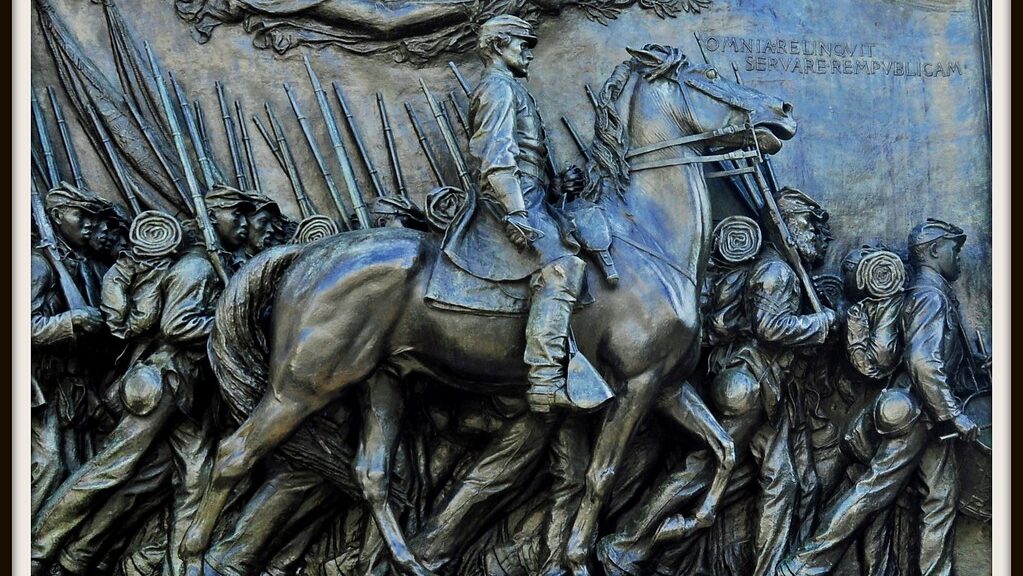
Celtic conceptions of the afterlife involved a complex underworld requiring specialized guides, with horses serving as ideal companions for navigating this challenging realm. The Celtic underworld was not simply a destination but a dangerous landscape to be traversed, filled with obstacles that might trap the unprepared soul. Horses, with their speed, strength, and intuitive knowledge of paths, were believed to know the routes through this supernatural terrain. Some burial sites show evidence of horses interred with specialized equipment not used in everyday riding but seemingly designed for the otherworldly journey—bridles with elaborate decorative elements facing inward toward the horse rather than outward for display. The careful positioning of horse remains at thresholds or boundaries within burial complexes physically represented this transitional role. Later Celtic literature preserves traces of this belief, describing magical horses that could safely carry riders through mist, water, or fire—all elements associated with boundaries between worlds.
Regional Variations in Horse Burial Practices
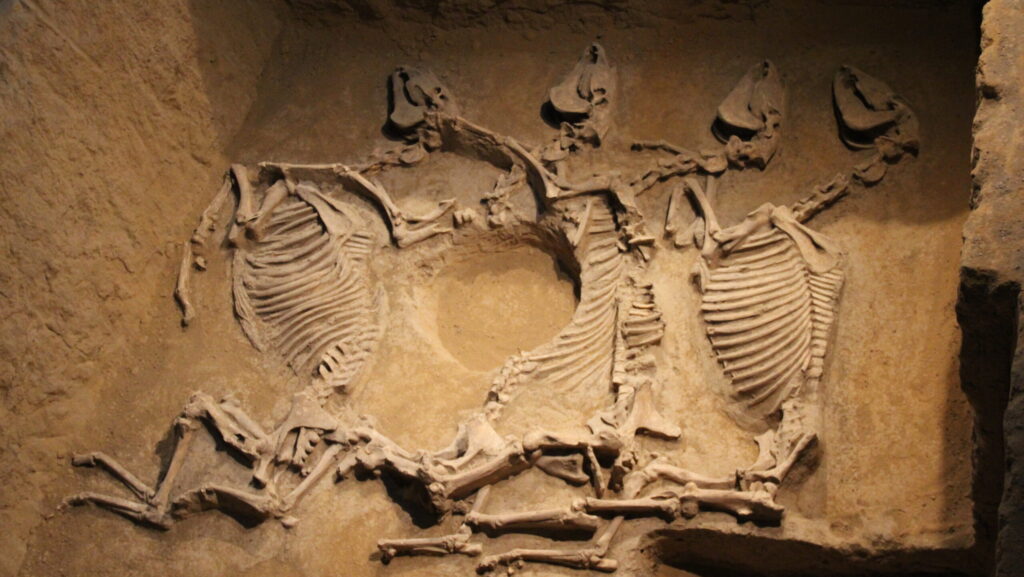
While horse veneration was widespread throughout Celtic territories, archaeological evidence reveals significant regional variations in exactly how horses featured in burial rites. In Britain, complete chariot burials predominated in Yorkshire while symbolic horse trappings were more common in southern regions. Continental Celtic areas showed greater diversity, with some regions preferring cremation of both horse and rider while others practiced inhumation. Irish traditions emphasized the symbolic over the literal, with horse imagery on grave goods often substituting for actual horse remains. The inclusion of miniature horse figurines in graves became increasingly common during the Late Iron Age and Romano-Celtic period, possibly reflecting both economic considerations and changing religious practices. These regional differences demonstrate how Celtic communities adapted a shared cosmological framework to their specific cultural contexts, economic realities, and local traditions while maintaining the core spiritual significance of the horse.
Transformation Through Roman Contact

The Celtic reverence for horses in burial contexts underwent significant transformation during the period of Roman conquest and cultural integration, creating hybrid expressions of this ancient belief. Rather than disappearing, horse symbolism in funerary practices adapted to incorporate Roman elements while preserving core Celtic spiritual concepts. Romano-Celtic grave markers frequently featured horsemen, particularly the distinctive “rider god” motif showing a mounted figure trampling a serpent or giant—symbolizing the triumph over death. Burial practices in Romanized Celtic areas sometimes replaced full horse sacrifices with token offerings of horse gear or equine figurines, adapting to changing economic conditions and religious sensibilities. Archaeological evidence from sites like Bath in England shows votive offerings depicting horses continued to be associated with healing, transformation, and journeys—both physical and spiritual—well into the Roman period. The persistence of these beliefs despite significant cultural pressure demonstrates the fundamental importance of horses in Celtic conceptions of the afterlife.
Living Legacy: Folklore and Continuing Traditions

The sacred connection between horses and death established in ancient Celtic burial grounds echoes through later European folklore and traditions, demonstrating the remarkable tenacity of these beliefs. Medieval Welsh and Irish literature preserved elements of Celtic horse symbolism in stories of otherworldly steeds capable of traveling between realms. Folk customs like the Mari Lwyd in Wales—where a decorated horse skull is carried from house to house during winter solstice—maintain the association between horses and liminal periods. Even into the 19th and early 20th centuries, rural communities across the Celtic fringe maintained traditions of including horses in funeral processions, with the deceased sometimes transported by favorite horses or horse-drawn hearses led along specific ritual paths. Archaeological discoveries continue to illuminate the ancient origins of these practices, demonstrating how deeply the Celtic reverence for horses as sacred psychopomps embedded itself in cultural memory. Modern Celtic-inspired spiritual movements often incorporate horses in their ceremonies dealing with passages and transformations, continuing this ancient spiritual connection in new forms.
Conclusion
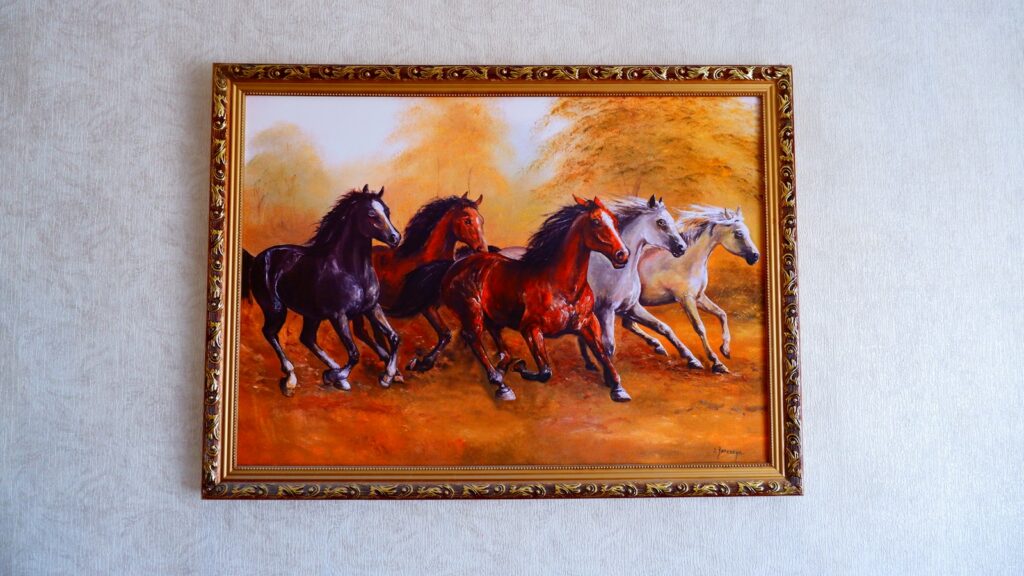
The sacred status of horses in ancient Celtic burial grounds represents far more than simple animal reverence; it embodies a sophisticated cosmological understanding that positioned these magnificent creatures as essential bridges between worlds. Through archaeological evidence spanning centuries and territories, we can trace how Celtic peoples consistently turned to horses as spiritual guides, solar symbols, status markers, and otherworldly companions for their deceased. This equine reverence survived Roman influence, transformed through medieval traditions, and echoes even in modern folklore. The horse’s unique place in Celtic burial contexts ultimately reveals a culture that recognized profound connection between the living and the dead, with horses serving as the trusted guides along this most significant of journeys. In studying these ancient practices, we glimpse not just burial customs, but a comprehensive worldview that acknowledged death not as an endpoint, but as a transition requiring the proper companion—a sacred horse—to complete successfully.

